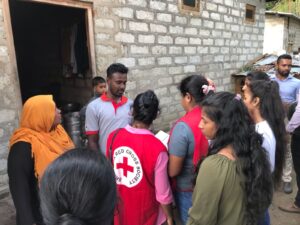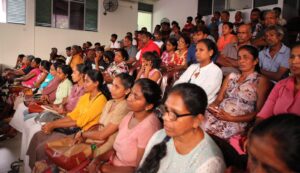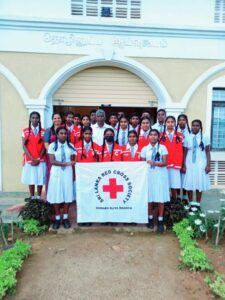National Disaster Management
In light of the recent surge in natural disasters across Sri Lanka, the Sri Lanka Red Cross Society (SLRCS) has intensified its focus on disaster preparedness activities. These endeavors aim to enhance awareness among Red Cross Societies and communities regarding the risks they face, strategies to reduce vulnerability, and coping mechanisms during times of crisis.
Throughout its 60+ years of presence in the country, SLRCS has been at the forefront of responding to both natural and man-made disasters. The escalating frequency of such incidents has propelled SLRCS to further bolster its response capacity, ensuring it can effectively meet the needs of an increasing number of disaster victims. Sri Lanka grapples with annual floods, landslides during monsoon rains, sporadic droughts, and cyclones. Additionally, the scars of a prolonged civil war in the northeast, which ended in 2009, still linger, displacing hundreds of thousands. The psychological toll of these disasters is immense, leaving individuals traumatized and in dire need of assistance.
SLRCS swiftly responds to disasters by providing emergency relief, including food, water, shelter, and healthcare. Long-term rehabilitation assistance such as livelihood support and reconstruction efforts are also pivotal in restoring normalcy to affected communities. Despite not being categorized as a high-risk disaster country, Sri Lanka faces an increased likelihood of small and medium-scale disasters due to global climate change.
Learning from past experiences, particularly the Tsunami response operation, SLRCS is proactively preparing its manpower and expertise to tackle future challenges. This includes the development of robust disaster management policies, contingency plans, and specialized response teams at both national and district levels. SLRCS remains steadfast in its commitment to enhancing and institutionalizing its response capacity across all levels. By leveraging human, physical, and material resources efficiently, SLRCS strives to provide assistance to vulnerable populations in a timely and effective manner.
At SLRCS, building resilience is not just a goal—it’s a steadfast commitment to serving communities and ensuring their well-being in the face of adversity!


